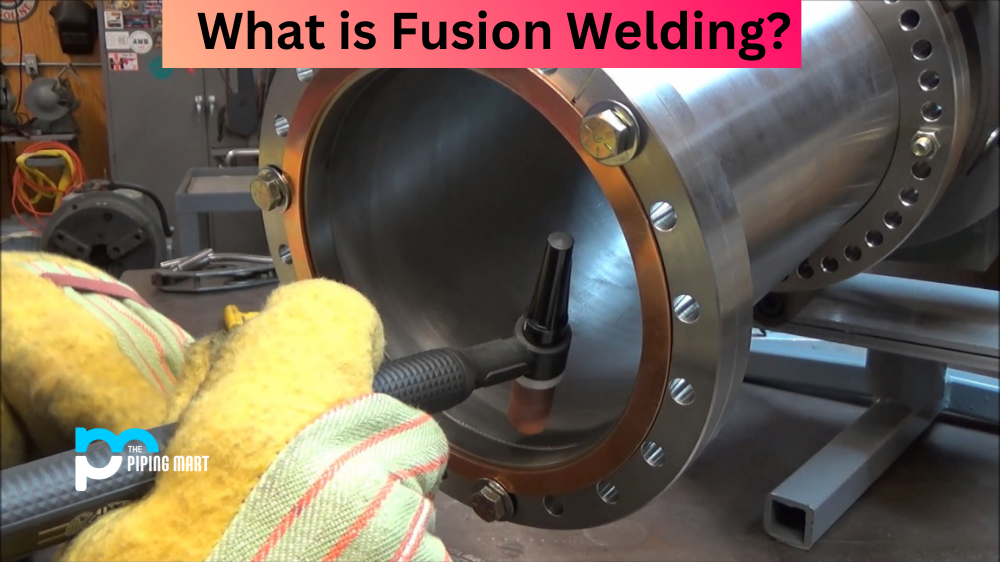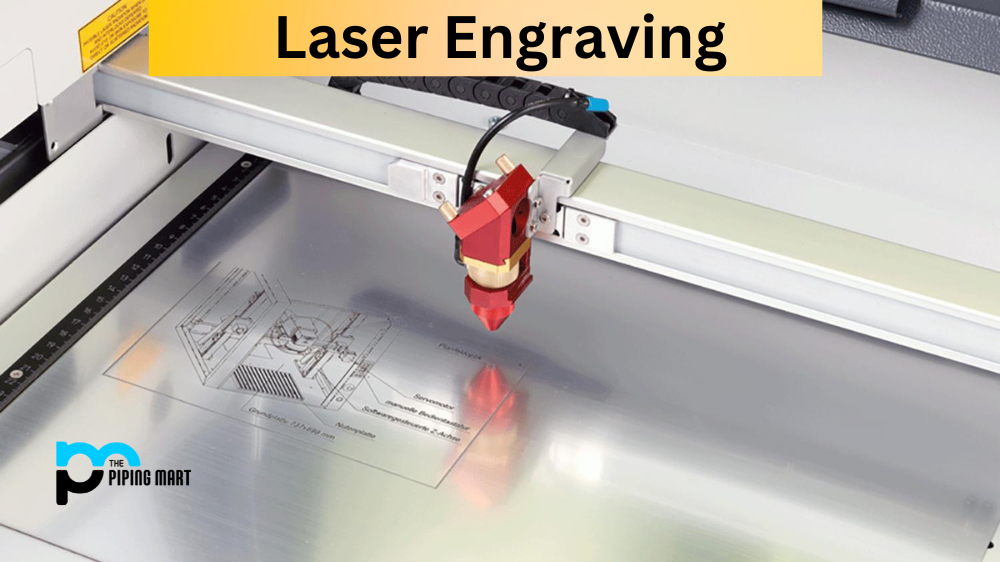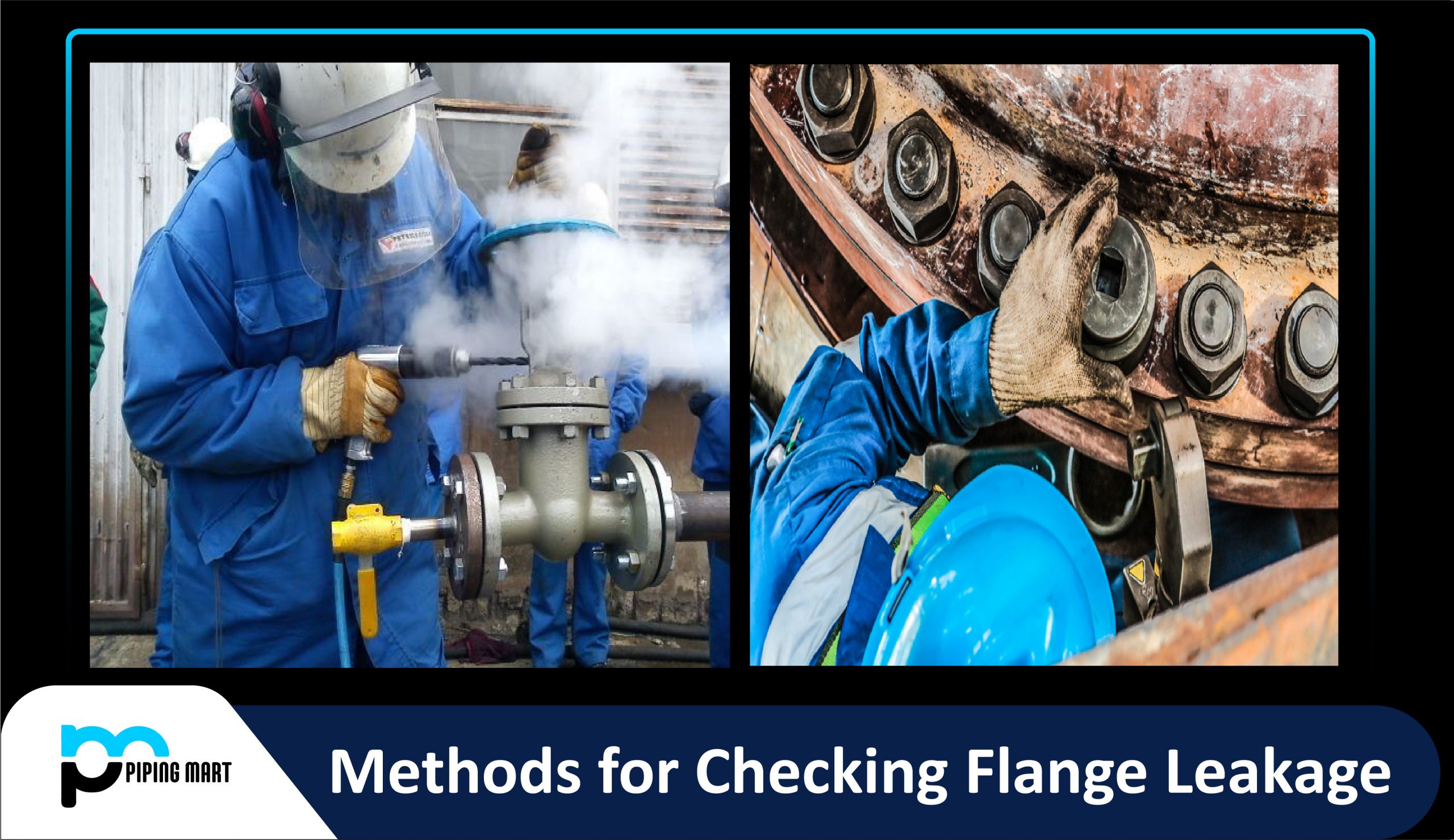Fusion welding is a process used to join two or more pieces of metal together to create a single, solid piece. It is one of the most widely used techniques in the construction industry and is also popular in manufacturing, automotive, and repair applications. So what is fusion welding exactly? Let’s take a look.
Fusion Welding Process
Fusion welding involves heating the two pieces that are being joined until they reach their melting point. As the metals melt, they combine and form a single piece. This can be done with either electric arc, gas flame, or laser beams as heat sources for the process. The most common type of fusion weld is called butt-welding—where two pieces of metal are held in line and then melted together at their edges to form a strong joint between them.
Fusion Welding Types
There are several different types of fusion welding processes available today. These include shielded metal arc welding (SMAW), gas tungsten arc welding (GTAW), gas metal arc welding (GMAW), flux-cored arc welding (FCAW), submerged arc welding (SAW), and plasma cutting/arc cutting. Each type has its own unique characteristics and advantages over the others, depending on the application it is being used for. For example, SMAW and FCAW are ideal for outdoor use due to their low-temperature requirements, while GTAW is best suited for precision work due to its high accuracy rate.
Fusion Welding Uses
Fusion welding is an incredibly versatile technique used to join two different materials together permanently. Heat and pressure from an arc, laser, or electron beam cause the pieces to melt and mix together. Commonly used in industries such as aerospace or automotive manufacturing, fusion welding can also be useful for general repairs around the home or office. Creating strong joints without needing additional hardware makes fusion welding a reliable choice when looking to make something that needs to last and bear a load, whether it’s something complex like framework components or simple, like electrical wiring. Countless objects and structures in our everyday lives rely on the strength of fusion welded parts – illustrating just how important this technique is both practically and commercially.
Conclusion
No matter what your project requires, there’s sure to be a type of fusion weld that can do the job right! By understanding how each process works and which one best suits your needs, you’ll be able to complete any project quickly and effectively with no regrets later on down the road. Fusion welding offers great strength while being relatively easy to learn and perform—making it an invaluable tool for any craftsman or welder, new or

A passionate metal industry expert and blogger. With over 5 years of experience in the field, Palak brings a wealth of knowledge and insight to her writing. Whether discussing the latest trends in the metal industry or sharing tips, she is dedicated to helping others succeed in the metal industry.




